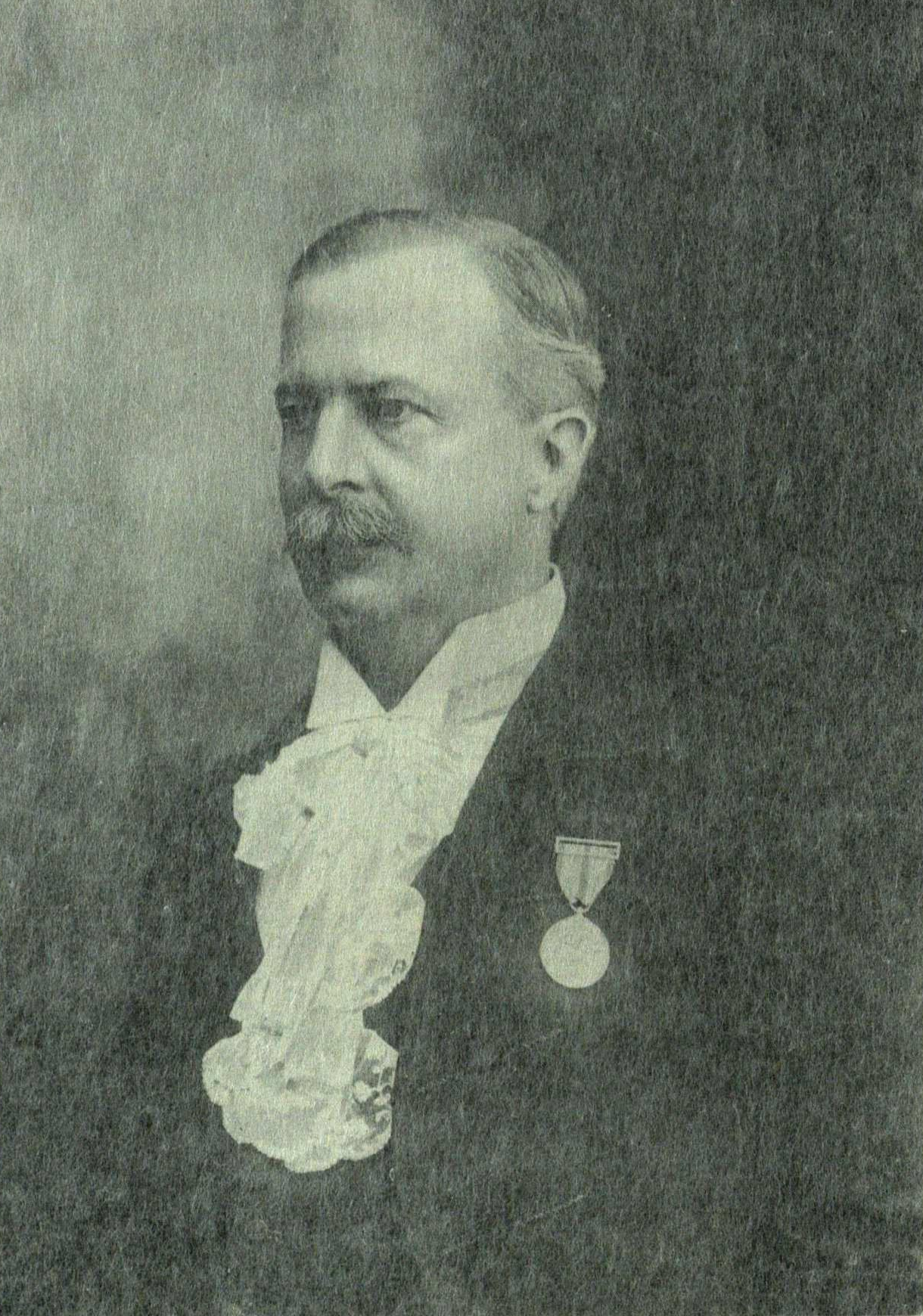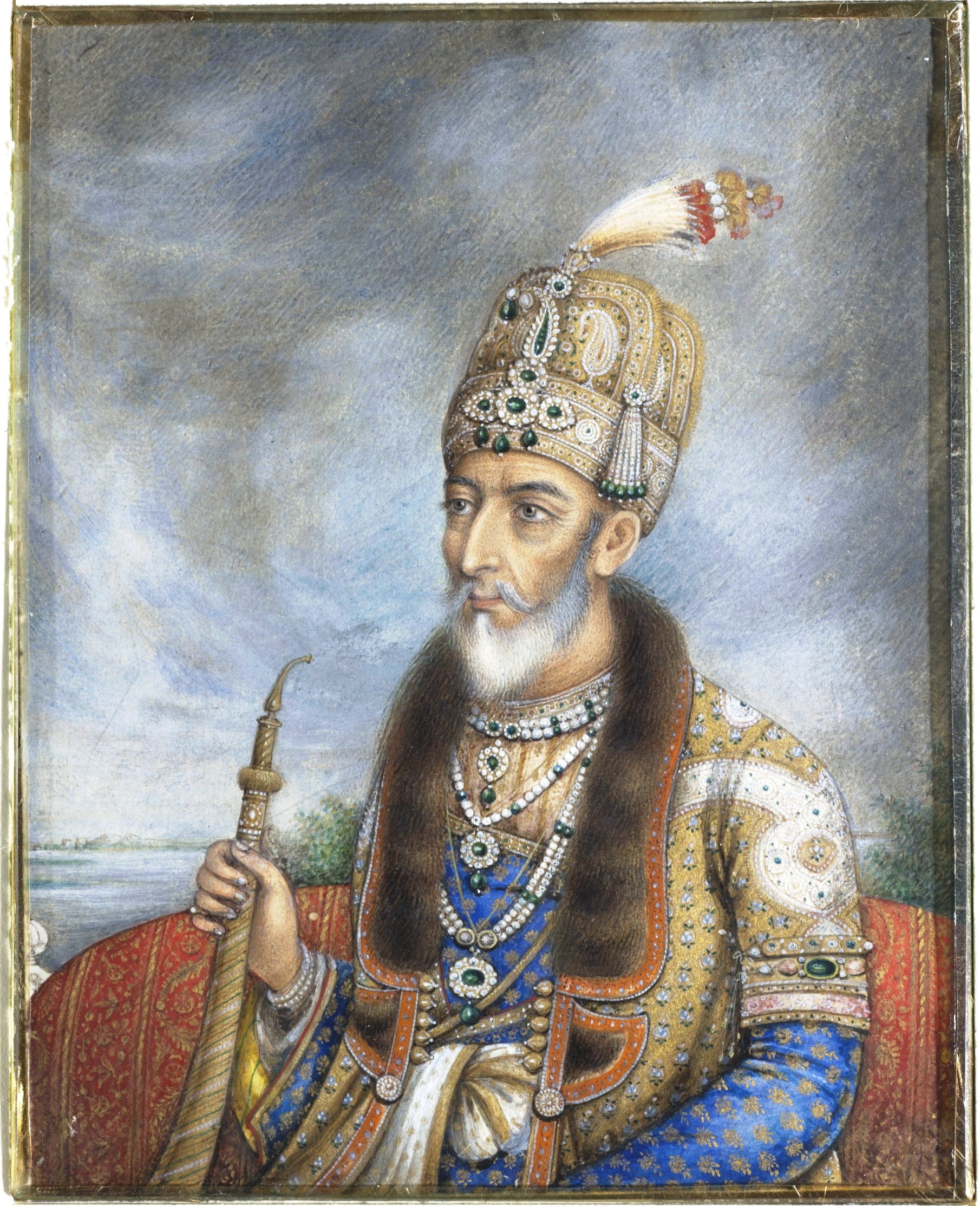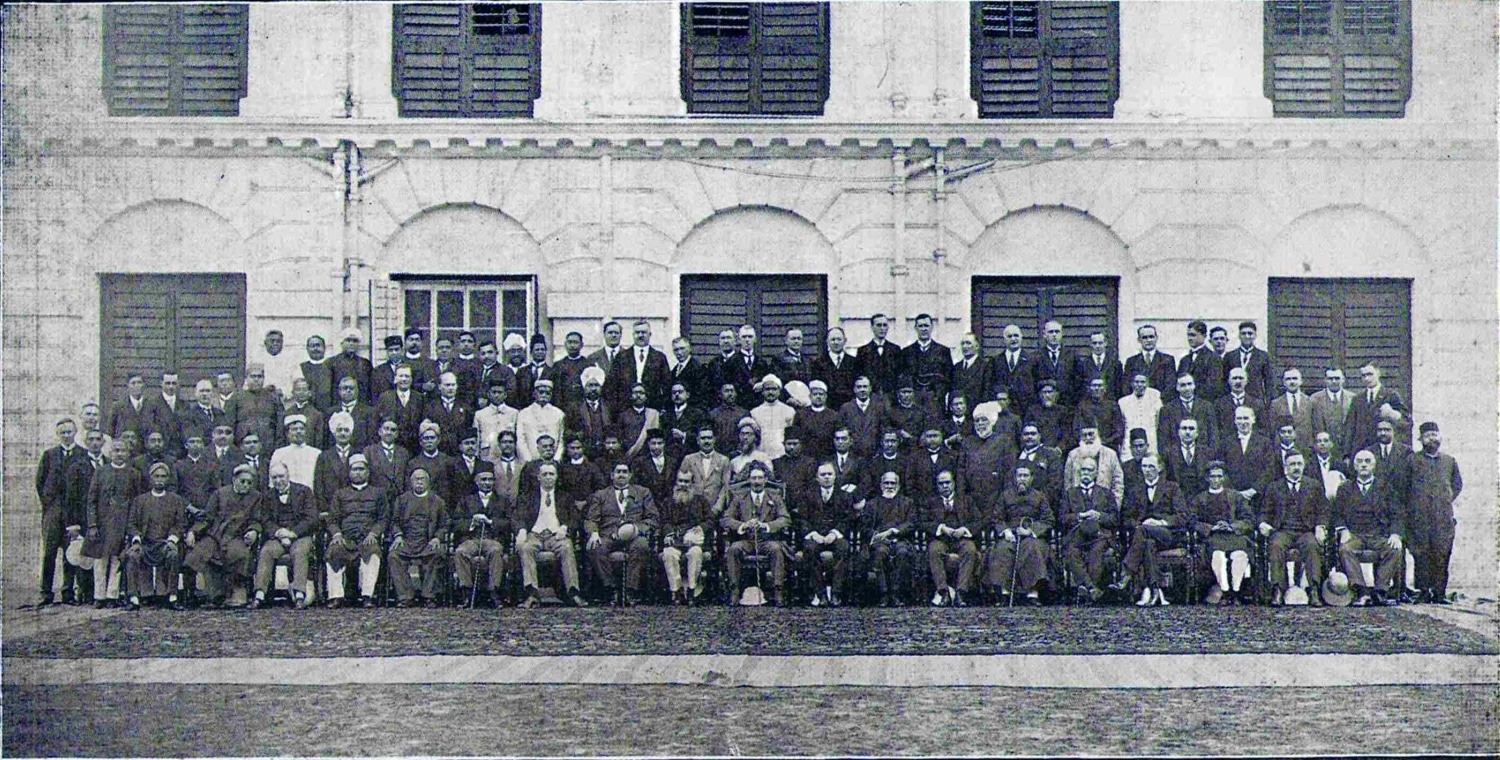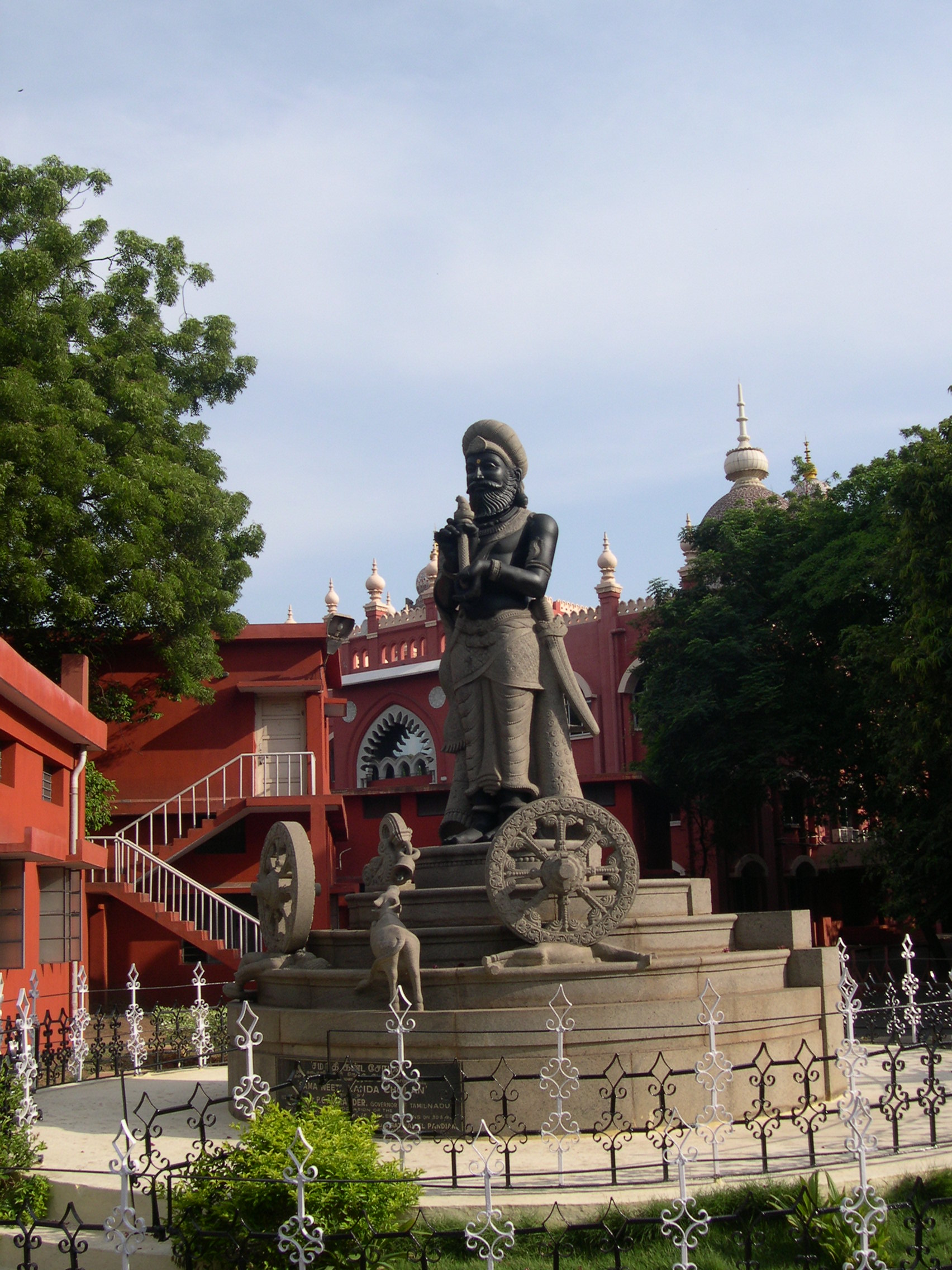|
Rowlatt Committee
The Sedition Committee, usually known as the Rowlatt Committee, was a committee of inquiry appointed in 1917 by the British Indian Government with Sidney Rowlatt, an Anglo-Egyptian judge, as its president, charged with evaluating the threat posed to British rule by the revolutionary movement and determining the legal changes necessary to deal with it. Background The purpose of the Rowlatt Committee was to evaluate political terrorism in India, especially in the Bengal and Punjab Provinces, its impact, and the links with the German government and the Bolsheviks in Russia. It was instituted towards the end of World War I when the Indian revolutionary movement had been especially active and had achieved considerable success, potency and momentum and massive assistance had been received from Germany, which planned to destabilise British India. These included supporting and financing Indian seditionist organisations in Germany and in United States as well as a destabilisation i ... [...More Info...] [...Related Items...] OR: [Wikipedia] [Google] [Baidu] |
British India
The provinces of India, earlier presidencies of British India and still earlier, presidency towns, were the administrative divisions of British governance in South Asia. Collectively, they have been called British India. In one form or another, they existed between 1612 and 1947, conventionally divided into three historical periods: *Between 1612 and 1757, the East India Company set up "factories" (trading posts) in several locations, mostly in coastal India, with the consent of the Mughal emperors, Maratha Empire or local rulers. Its rivals were the merchant trading companies of Portugal, Denmark, the Netherlands, and France. By the mid-18th century three ''Presidency towns'': Madras, Bombay and Calcutta, had grown in size. *During the period of Company rule in India, 1757–1858, the Company gradually acquired sovereignty over large parts of India, now called "Presidencies". However, it also increasingly came under British government oversight, in effect sharing sovereig ... [...More Info...] [...Related Items...] OR: [Wikipedia] [Google] [Baidu] |
Rowlatt Act
The Anarchical and Revolutionary Crimes Act of 1919, popularly known as the Rowlatt Act, was a law, applied during the British India period. It was a legislative council act passed by the Imperial Legislative Council in Delhi on 18 March 1919, indefinitely extending the emergency measures of preventive indefinite detention, imprisonment without trial and judicial review enacted in the Defence of India Act 1915 during the First World War. It was enacted in the light of a perceived threat from revolutionary nationalists of re-engaging in similar conspiracies as had occurred during the war which the Government felt the lapse of the Defence of India Act would enable. Purpose and introduction The British Colonial Government passed the "Rowlatt Act" which gave power to the police to arrest any person without any reason. The purpose of the Act was to curb the growing nationalist upsurge in the country. Mahatma Gandhi called upon the people to perform ''satyagraha'' against the act ... [...More Info...] [...Related Items...] OR: [Wikipedia] [Google] [Baidu] |
1918 In British India
The ceasefire that effectively ended the World War I, First World War took place on the eleventh hour of the eleventh day of the eleventh month of this year. Also in this year, the Spanish flu pandemic killed 50–100 million people worldwide. In Russia, this year runs with only 352 days. As the result of Julian to Gregorian calendar switch, 13 days needed to be skipped. Wednesday, January 31 ''(Julian Calendar)'' was immediately followed by Thursday, February 14 ''(Gregorian Calendar)''. Events World War I will be abbreviated as "WWI" January * January – 1918 flu pandemic: The "Spanish flu" (influenza) is first observed in Haskell County, Kansas. * January 4 – The Finnish Declaration of Independence is recognized by Russian Soviet Federative Socialist Republic, Soviet Russia, Sweden, German Empire, Germany and France. * January 8 – American president Woodrow Wilson presents the Fourteen Points as a basis for peace negotiations to end the war. * January 9 ... [...More Info...] [...Related Items...] OR: [Wikipedia] [Google] [Baidu] |
Indian Independence Movement
The Indian independence movement was a series of historic events in South Asia with the ultimate aim of ending British Raj, British colonial rule. It lasted until 1947, when the Indian Independence Act 1947 was passed. The first nationalistic movement took root in the newly formed Indian National Congress with prominent moderate leaders seeking the right to appear for Indian Civil Service examinations in British India, as well as more economic rights for natives. The first half of the 20th century saw a more radical approach towards self-rule. The stages of the independence struggle in the 1920s were characterised by the leadership of Mahatma Gandhi and Congress's adoption of Gandhi's policy of non-violence and Salt March, civil disobedience. Some of the leading followers of Gandhi's ideology were Jawaharlal Nehru, Vallabhbhai Patel, Abdul Ghaffar Khan, Maulana Azad, and others. Intellectuals such as Rabindranath Tagore, Subramania Bharati, and Bankim Chandra Chattopadhyay spr ... [...More Info...] [...Related Items...] OR: [Wikipedia] [Google] [Baidu] |
British Bengal Legislative Council
The Bengal Legislative Council ( was the legislative council of Bengal Presidency. It was the legislature of the Bengal Presidency during the late 19th and early 20th centuries. After reforms were adopted in 1937, it served as the upper house of the Bengali legislature until the partition of India. History The council was established under the Indian Councils Act 1861. It was dominated by Europeans and Anglo-Indians, with natives as a minority, until reforms in 1909. Under the Indian Councils Act 1892 and Indian Councils Act 1909, representatives of municipalities, district boards, city corporations, universities, ports, plantations, zamindars, Muslim electorates and chambers of commerce were inducted. Native Bengali representation gradually increased. Its voting power was limited, particularly on budgets. It was delegated "transferred subjects" of education, public health, local government, agriculture and public works; while the "reserved subjects" of finance, police, land rev ... [...More Info...] [...Related Items...] OR: [Wikipedia] [Google] [Baidu] |
United Provinces Of Agra And Oudh
The United Provinces of Agra and Oudh was a province of India under the British Raj, which existed from 22 March 1902 to 1937; the official name was shortened by the Government of India Act 1935 to United Provinces (UP), by which the province had been commonly known, and by which name it was also a province of independent India until 1950. It corresponded approximately to the present-day Indian states of Uttar Pradesh (UP) and Uttarakhand. Allahabad served as the administrative headquarters and the capital of the province. Two years after the annexation of Oudh State in 1856, ''i.e.'' after 1858 and until 1902, the region had existed as North-Western Provinces and Oudh, Oudh being a Chief Commissionership. Lucknow became its capital some time after 1921. Nainital was the summer capital of the province. History By the 18th century, the once vast Mughal Empire was collapsing, undone by internal dissension and by expansion of the Marathas from the Deccan, the British from B ... [...More Info...] [...Related Items...] OR: [Wikipedia] [Google] [Baidu] |
Madras High Court
The High Court of Judicature at Madras is a High Courts of India, High Court located in Chennai, India. It has appellate jurisdiction over the state of Tamil Nadu and the union territory of Puducherry (union territory), Puducherry. It is one of the oldest high courts of India along with Calcutta High Court in Kolkata and Bombay High Court in Mumbai. The Madras High Court is one of four charter high courts of colonial India established in the four Presidency Towns of Madras, Bombay, Allahabad and Calcutta by letters patent granted by Queen Victoria, dated 26 June 1862. It exercises original jurisdiction over the city of Chennai, as well as extraordinary original jurisdiction, civil and criminal, under the letters patent and special original jurisdiction for the issue of writs under the Constitution of India. Covering 107 acres, the court complex is one of the largest in the world, second only to the Supreme Court of the United Kingdom. The four-storey administrative building serves ... [...More Info...] [...Related Items...] OR: [Wikipedia] [Google] [Baidu] |
List Of Chief Justices Of The Bombay High Court
This is a list of chief justices of the Bombay High Court. See List of chief justices of the Supreme Court of Bombay for previous chief justices. List Bombay High Court was established on under Indian High Courts Act 1861 and had 47 Chief Justices till date excluding Acting Chief Justices and Current Chief Justice Alok Aradhe who is serving from . {, class="wikitable sortable" style="text-align:center" width="92%" !Sr. No. !Name !Date of Appointment !Date of Retirement !Tenure !Remarks , - ! colspan="6" , Pre Independence , - !1 , Matthew Richard Sausse , , , , , - !2 , Richard Couch , , , , Transferred to Calcutta as CJ , - !3 , Michael Roberts Westropp , , , , , - !4 , Charles Sargent , , , , , - !5 , Charles Frederick Farran , , , , , - !6 , Louis Addin Kershaw , , , , , - !7 , Lawrence Hugh Jenkins , , , , Transferred to Calcutta as CJ , - !8 , Basil Scott , , , , , - !9 , Norman Cranstoun Macleod , , , , , - !10 , Amberson Barr ... [...More Info...] [...Related Items...] OR: [Wikipedia] [Google] [Baidu] |
British Indian Army
The Indian Army was the force of British Raj, British India, until Indian Independence Act 1947, national independence in 1947. Formed in 1895 by uniting the three Presidency armies, it was responsible for the defence of both British India and the princely states, which could also have their own Imperial Service Troops, armies. As stated in the ''Imperial Gazetteer of India'', the "British Government has undertaken to protect the dominions of the Native princes from invasion and even from rebellion within: its army is organized for the defence not merely of British India, but of all possessions under the suzerainty of the Emperor of India, King-Emperor." The Indian Army was a vital part of the British Empire's military forces, especially in World War I and World War II. The Indian Presidencies and provinces of British India, Presidency armies were originally under East India Company command, and comprised the Bengal Army, Madras Army, and Bombay Army. After the Indian Rebellion ... [...More Info...] [...Related Items...] OR: [Wikipedia] [Google] [Baidu] |
Jallianwallah Bagh
The Jallianwala Bagh massacre (), also known as the Amritsar massacre, took place on 13 April 1919. A large crowd had gathered at the Jallianwala Bagh in Amritsar, Punjab, British India, during the annual Baisakhi fair to protest against the Rowlatt Act and the arrest of pro-Indian independence activists Saifuddin Kitchlew and Satyapal. In response to the public gathering, the temporary brigadier general R. E. H. Dyer surrounded the people with his Gurkha and Sikh infantry regiments of the British Indian Army. The Jallianwala Bagh could only be exited on one side, as its other three sides were enclosed by buildings. After blocking the exit with his troops, Dyer ordered them to shoot at the crowd, continuing to fire even as the protestors tried to flee. The troops kept on firing until their ammunition was low and they were ordered to stop. Estimates of those killed vary from 379 to 1,500 or more people; over 1,200 others were injured, of whom 192 sustained serious injury. Brit ... [...More Info...] [...Related Items...] OR: [Wikipedia] [Google] [Baidu] |
Reginald Dyer
Colonel Reginald Edward Harry Dyer, (9 October 186423 July 1927) was a British military officer in the Bengal Army and later the newly constituted British Indian Army. His military career began in the regular British Army, but he soon transferred to the presidency armies of India. As a temporary brigadier-general, he was responsible for the Jallianwala Bagh massacre that took place on 13 April 1919 in Amritsar (in the province of Punjab). He has been called "the Butcher of Amritsar", because of his order to fire on a large gathering of people. The official report stated that this resulted in the killing of at least 379 people and the injuring of over a thousand more. Some submissions to the official inquiry suggested a higher number of deaths. After the massacre, he served in the Third Anglo-Afghan war, where he lifted the siege at Thal and inflicted heavy casualties on Afghans. Dyer later resigned. He was widely condemned for spearheading the Jallianwala Bagh massacre, b ... [...More Info...] [...Related Items...] OR: [Wikipedia] [Google] [Baidu] |
Amritsar
Amritsar, also known as Ambarsar, is the second-List of cities in Punjab, India by population, largest city in the India, Indian state of Punjab, India, Punjab, after Ludhiana. Located in the Majha region, it is a major cultural, transportation and economic centre. The city is the administrative headquarters of the Amritsar district. It is situated north-west of Chandigarh, and north-west of New Delhi. It is from the India–Pakistan border, India-Pakistan border, and north-east of Lahore, Pakistan. According to the 2011 census, the city had a population of 1,132,383. It is one of the ten municipal corporations in the state; Karamjit Singh Rintu is serving as the mayor of the city. According to the United Nations, as of 2018, Amritsar is the second-most populous city in Punjab and the most populous metropolitan region in the state, with a population of roughly 2 million. Amritsar is the centre of the Amritsar Metropolitan Region. Amritsar is the economic capital of Punjab. ... [...More Info...] [...Related Items...] OR: [Wikipedia] [Google] [Baidu] |








